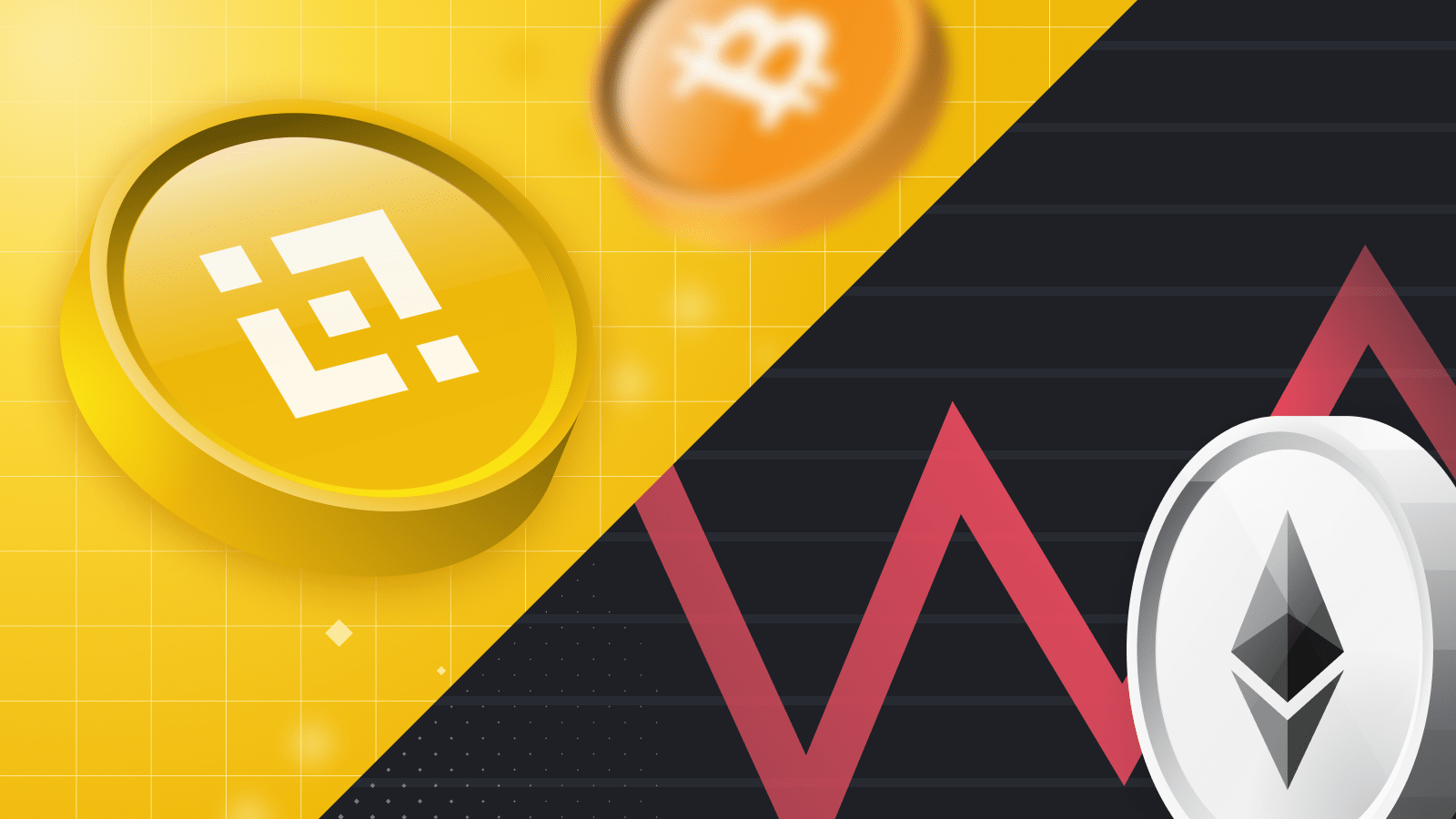Ethereum failing to target core Web3 issues, says Near co-founder
The competition between Ethereum and other layer-1 blockchains is likely to benefit the Web3 ecosystem as a whole.

In a recent interview with Cointelegraph, Near co-founder Illia Polosukhin criticized Ethereum for failing to target core Web3 issues. Polosukhin said that Ethereum is too focused on layer-2 solutions and rollups to solve its scalability problem, and that this focus is coming at the expense of usability, programmability, and composability.
What are the core Web3 issues?
The core Web3 issues are the challenges that need to be addressed in order for Web3 to become mainstream. These issues include scalability, usability, programmability, and composability.
Scalability is the ability of a blockchain to process a large number of transactions per second. Ethereum is currently not scalable, and this is one of the biggest challenges that Web3 is facing.
Usability is the ease with which a blockchain can be used. Ethereum is currently not very user-friendly, and this is another challenge that Web3 is facing.
Programmability is the ability to develop smart contracts on a blockchain. Ethereum is currently the most programmable blockchain, but there are other blockchains that are becoming more programmable, such as Near.
Composability is the ability to combine smart contracts from different projects to create new applications. Ethereum is currently the most composable blockchain, but this composability is coming at the expense of scalability.
Why is Ethereum failing to target core Web3 issues?
Polosukhin believes that Ethereum is failing to target core Web3 issues because it is too focused on layer-2 solutions and rollups. Layer-2 solutions and rollups are technologies that can help to improve the scalability of Ethereum, but they come at the expense of usability and composability.
Layer-2 solutions and rollups are complex and require users to have some technical knowledge. This makes them difficult to use for the average person. Additionally, layer-2 solutions and rollups can reduce composability, as they can create silos of applications that are not compatible with each other.
What is Near doing to address core Web3 issues?
Near is a layer-1 blockchain that is designed to address the core Web3 issues of scalability, usability, programmability, and composability. Near is scalable because it uses sharding technology to process transactions in parallel. Near is also user-friendly because it has a simple and intuitive user interface. Near is programmable because it supports smart contracts written in Solidity, the same programming language that is used on Ethereum. Near is also composable because it is compatible with Ethereum smart contracts.
Near co-founder Illia Polosukhin has criticized Ethereum for failing to target core Web3 issues. Polosukhin said that Ethereum is too focused on layer-2 solutions and rollups to solve its scalability problem, and that this focus is coming at the expense of usability, programmability, and composability.
Near is a layer-1 blockchain that is designed to address the core Web3 issues of scalability, usability, programmability, and composability. Near is scalable because it uses sharding technology to process transactions in parallel. Near is also user-friendly because it has a simple and intuitive user interface. Near is programmable because it supports smart contracts written in Solidity, the same programming language that is used on Ethereum. Near is also composable because it is compatible with Ethereum smart contracts.
Additional thoughts
The debate over whether layer-1 or layer-2 solutions are the best way to scale Ethereum is still ongoing. There are pros and cons to both approaches. Layer-2 solutions can offer significant scalability improvements, but they can also be complex and difficult to use. Layer-1 solutions can be more user-friendly, but they can be more difficult to scale.
It is likely that both layer-1 and layer-2 solutions will play a role in the future of Ethereum. Layer-1 solutions can provide a foundation for scalability, while layer-2 solutions can provide additional scalability and performance improvements.
It is also worth noting that Near is not the only blockchain that is competing with Ethereum. There are a number of other layer-1 blockchains that are also designed to address the core Web3 issues. These blockchains include Solana, Cardano, and Avalanche.
The competition between Ethereum and other layer-1 blockchains is likely to benefit the Web3 ecosystem as a whole. This competition will drive innovation and lead to the development of better blockchain solutions.
What's Your Reaction?
















